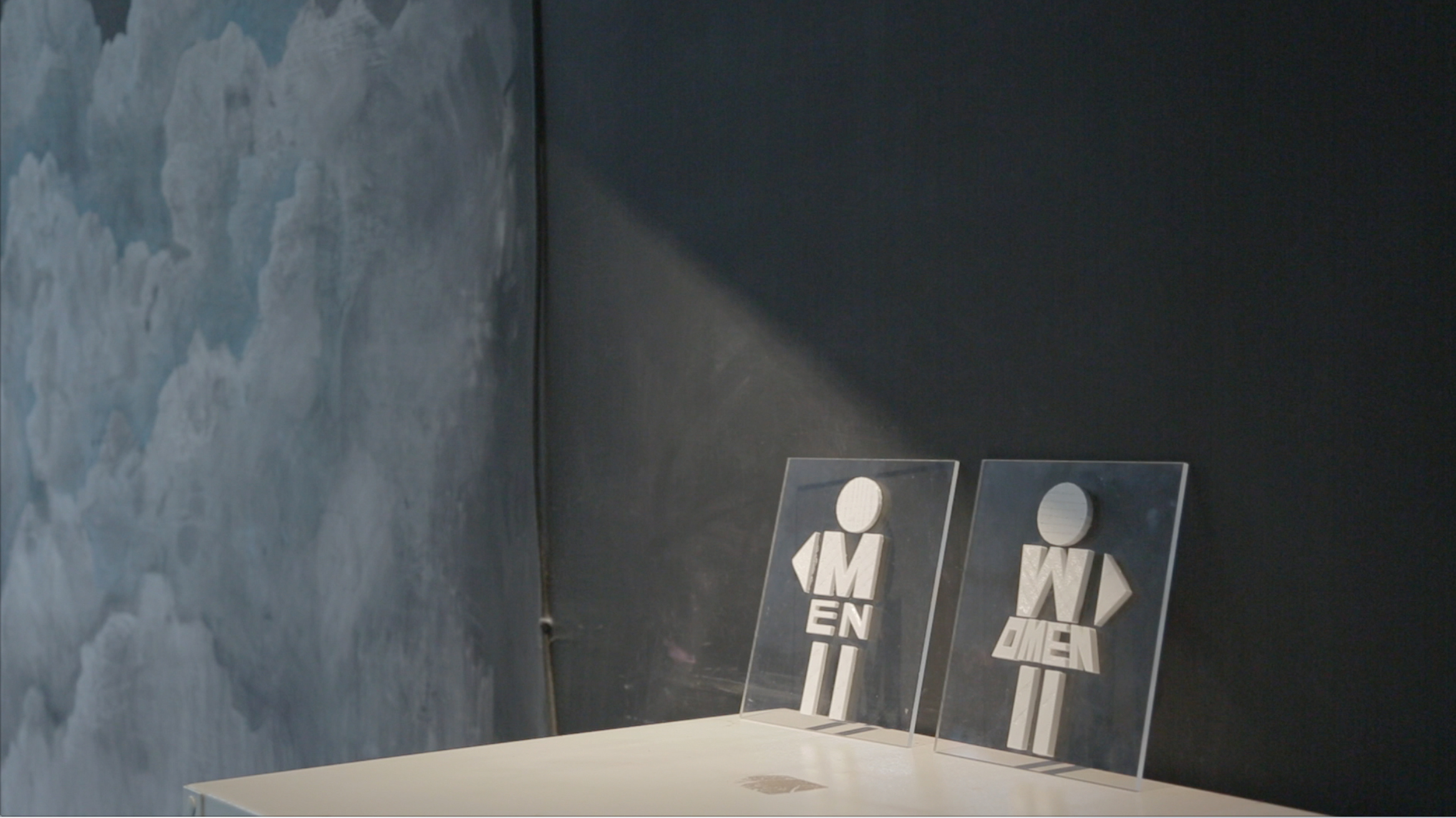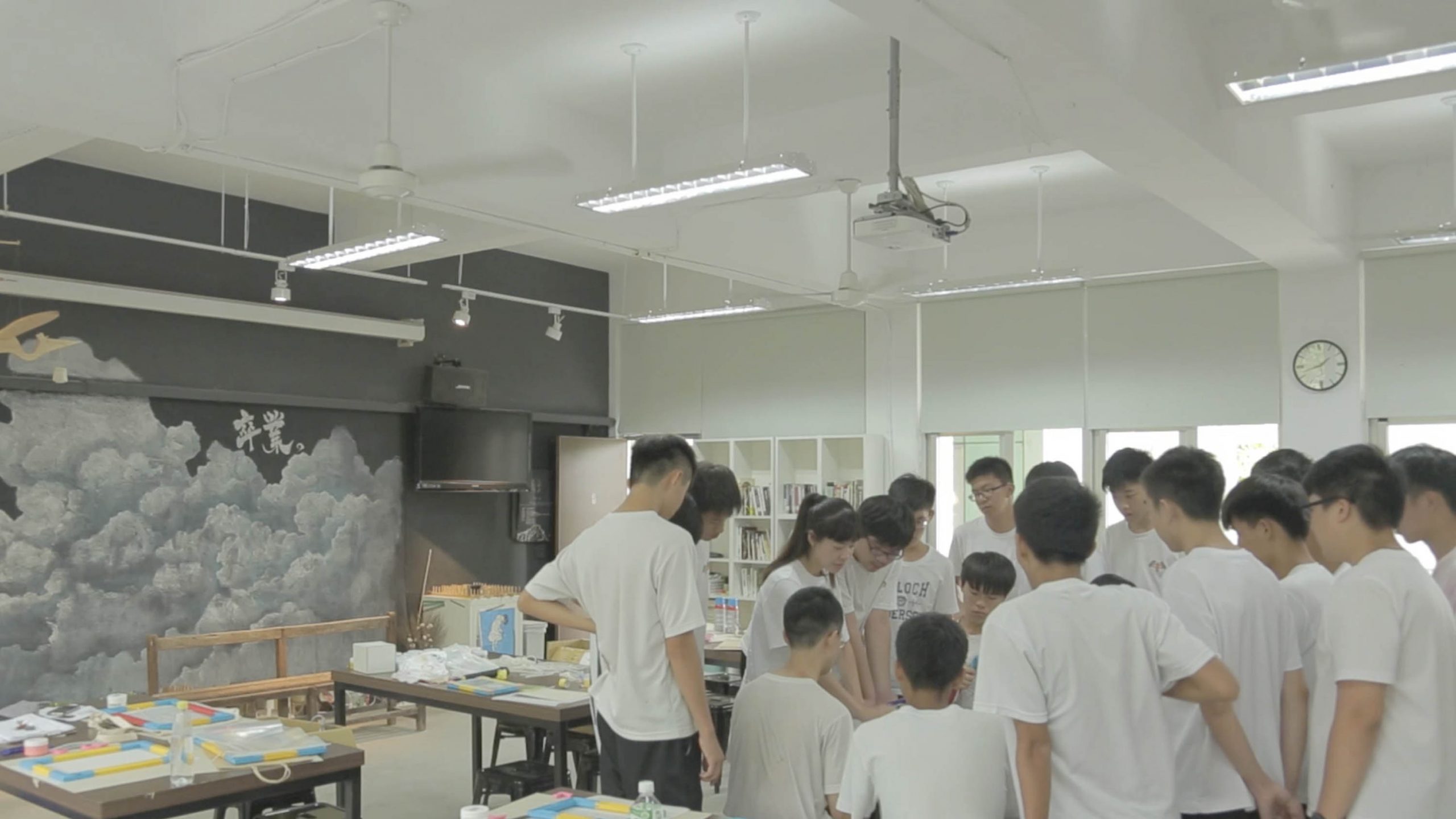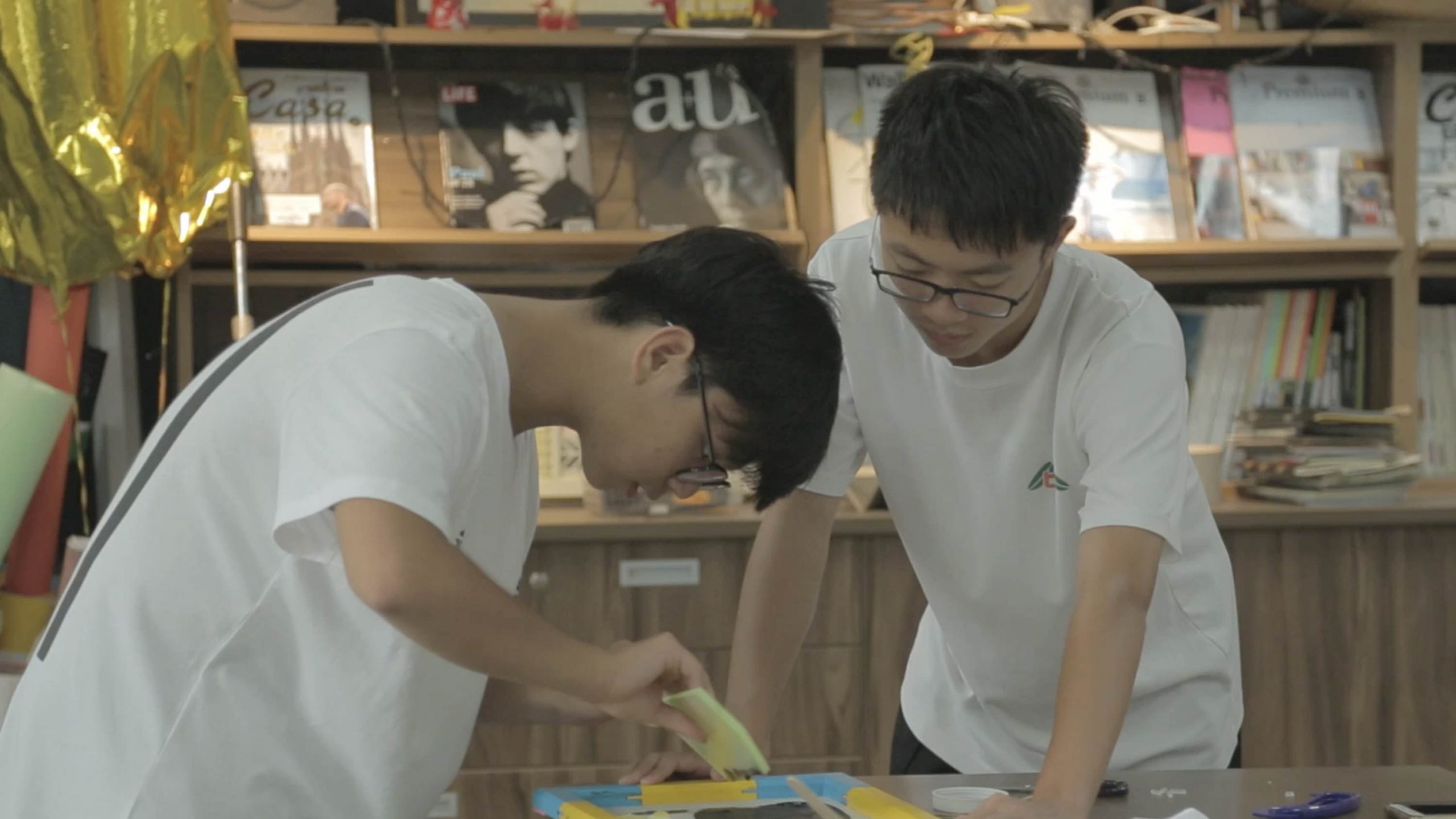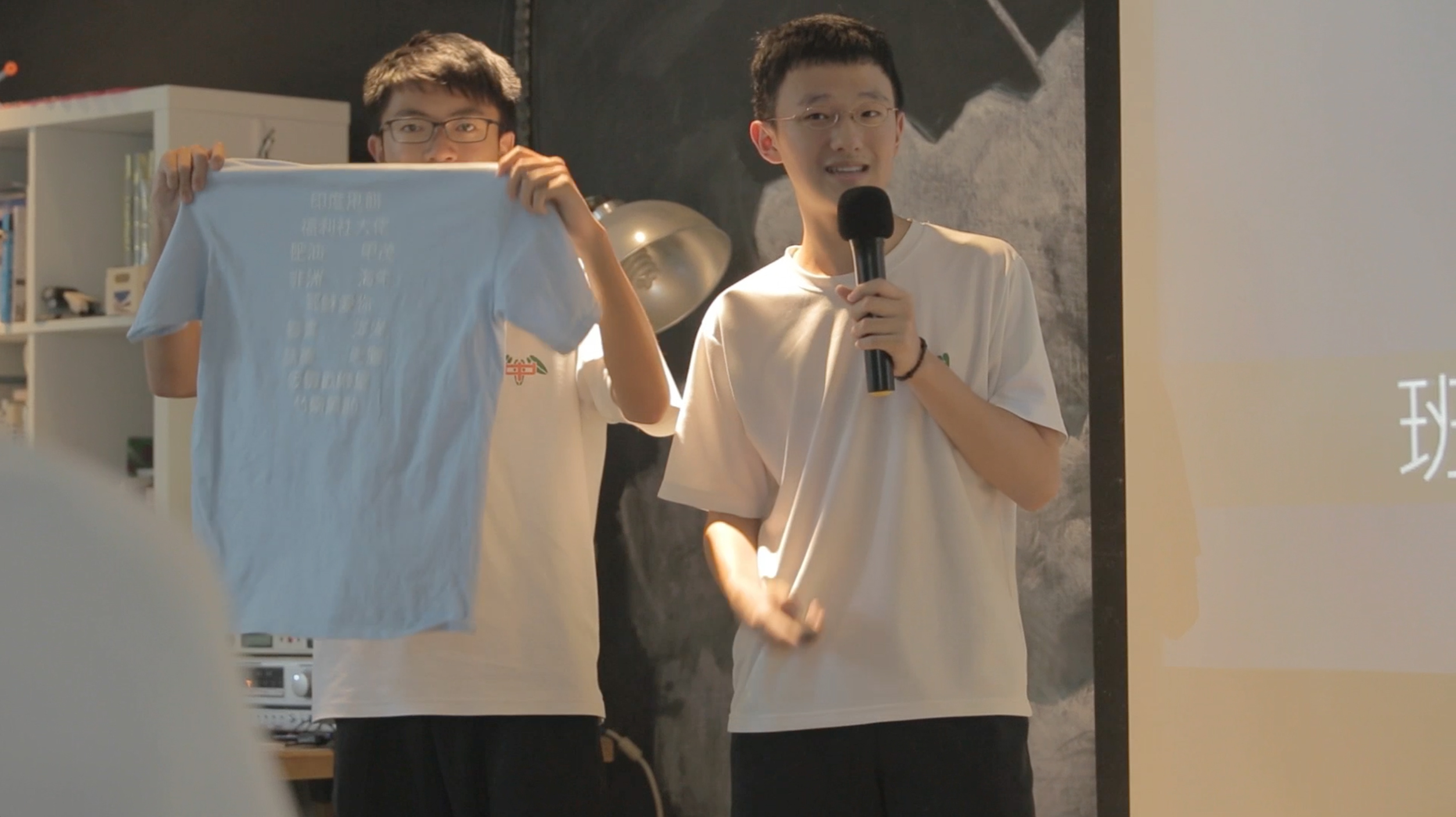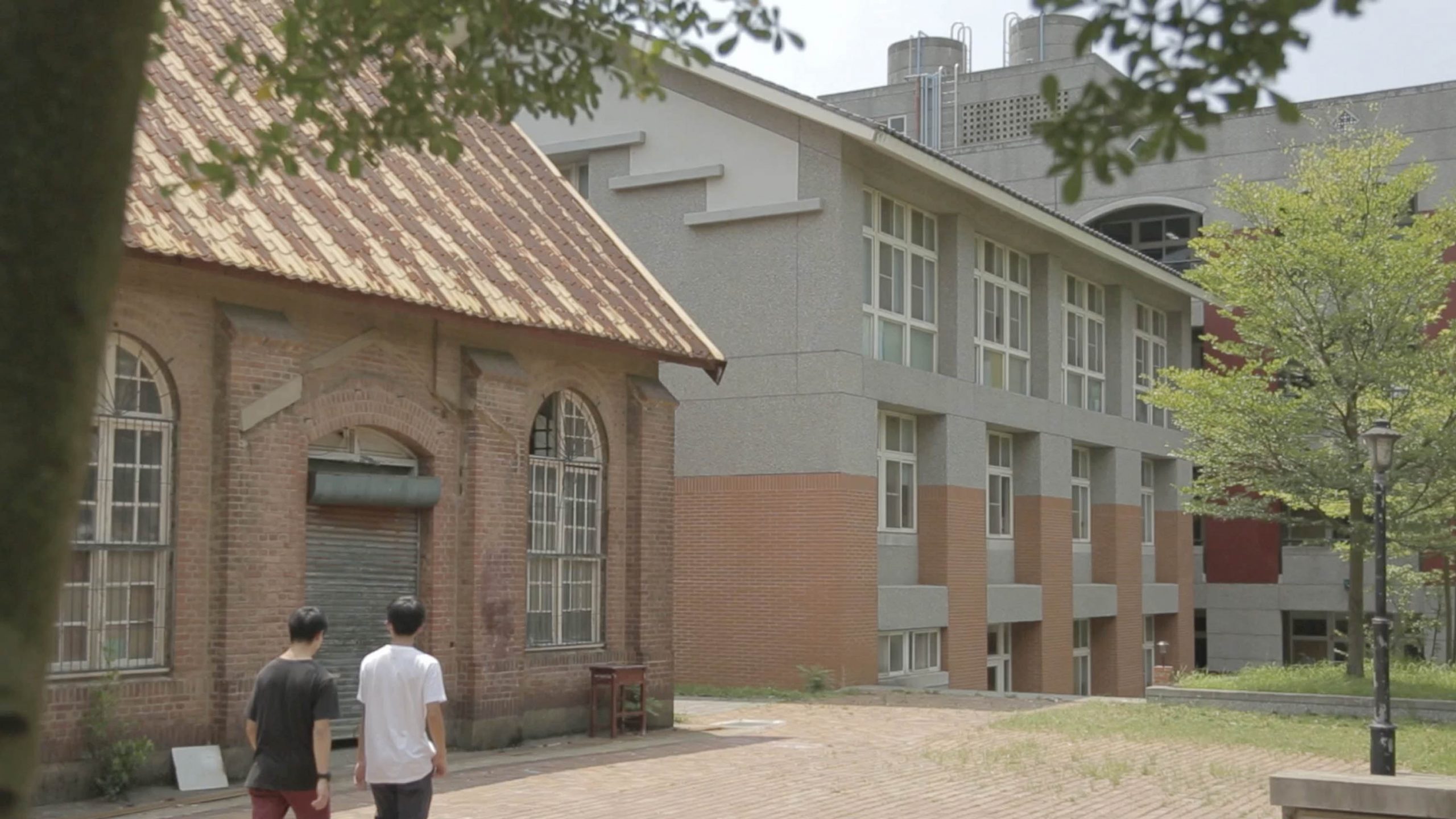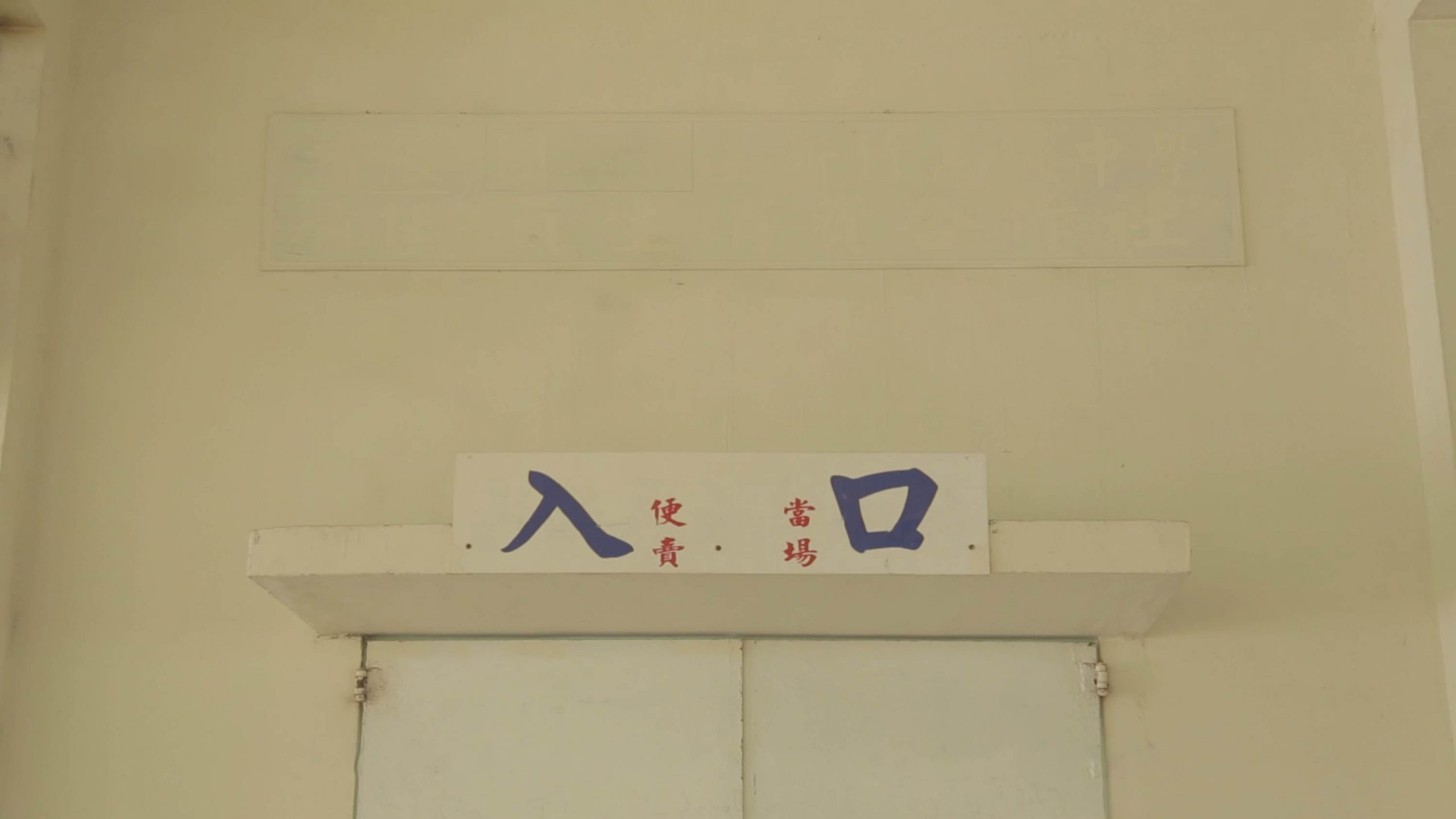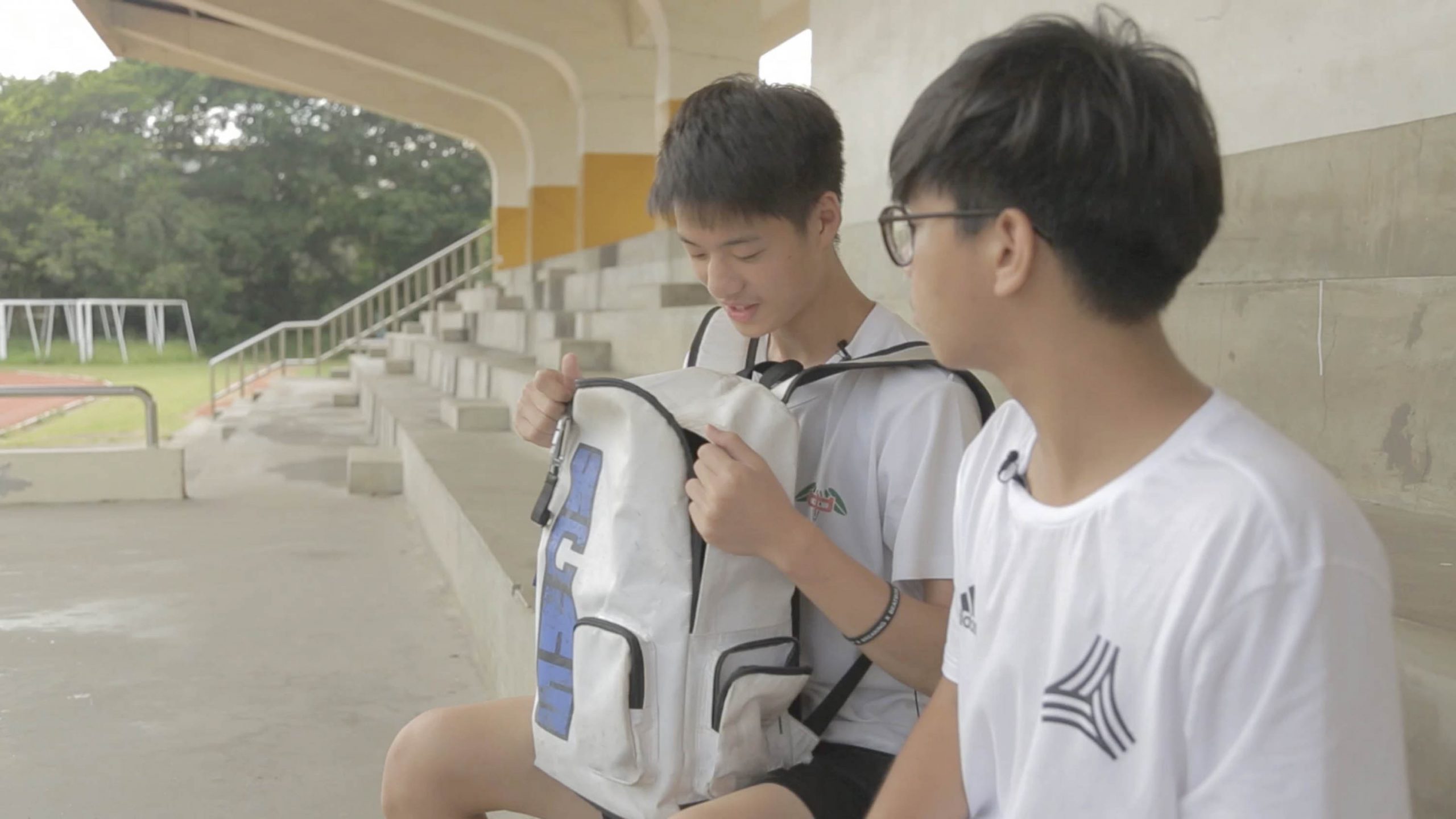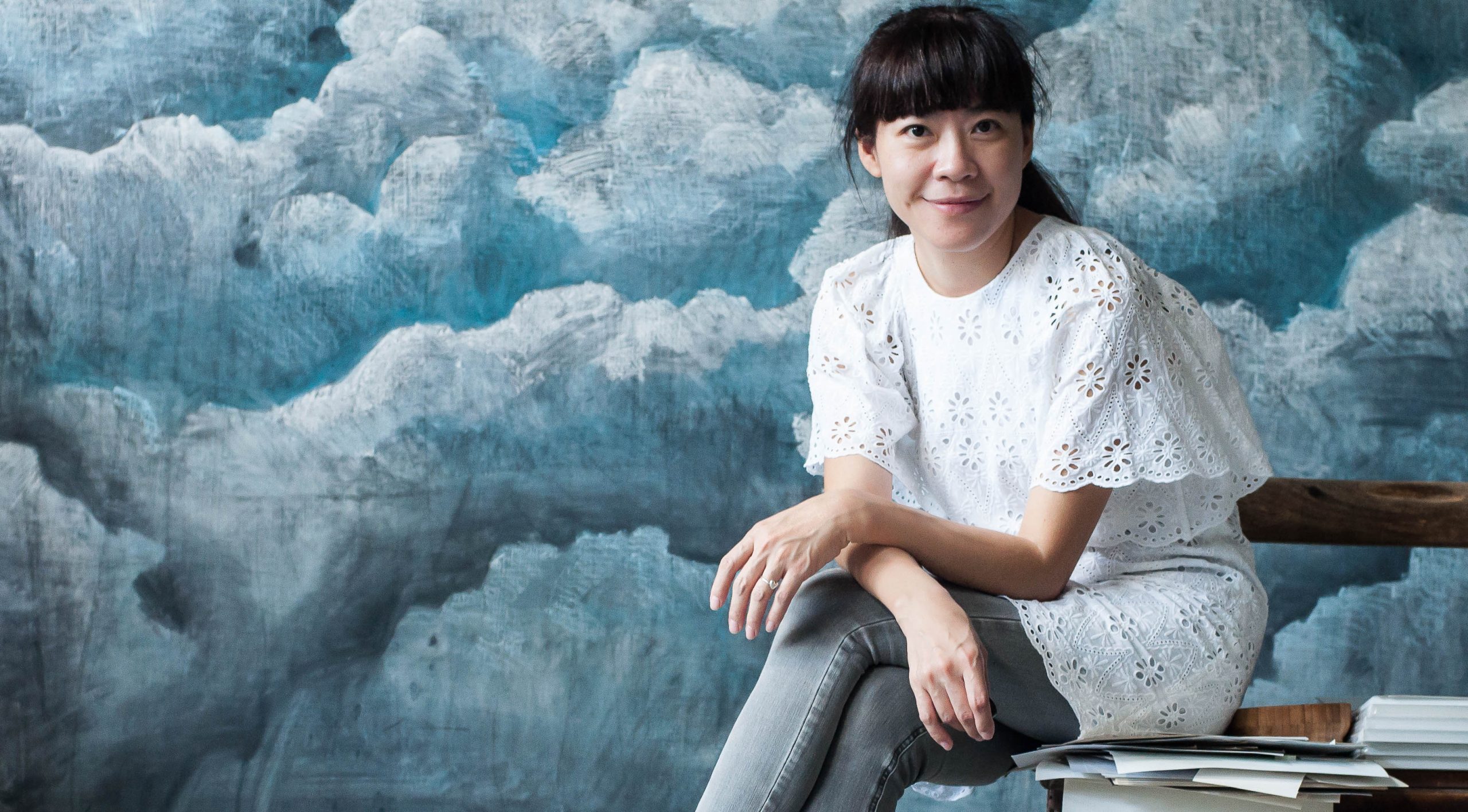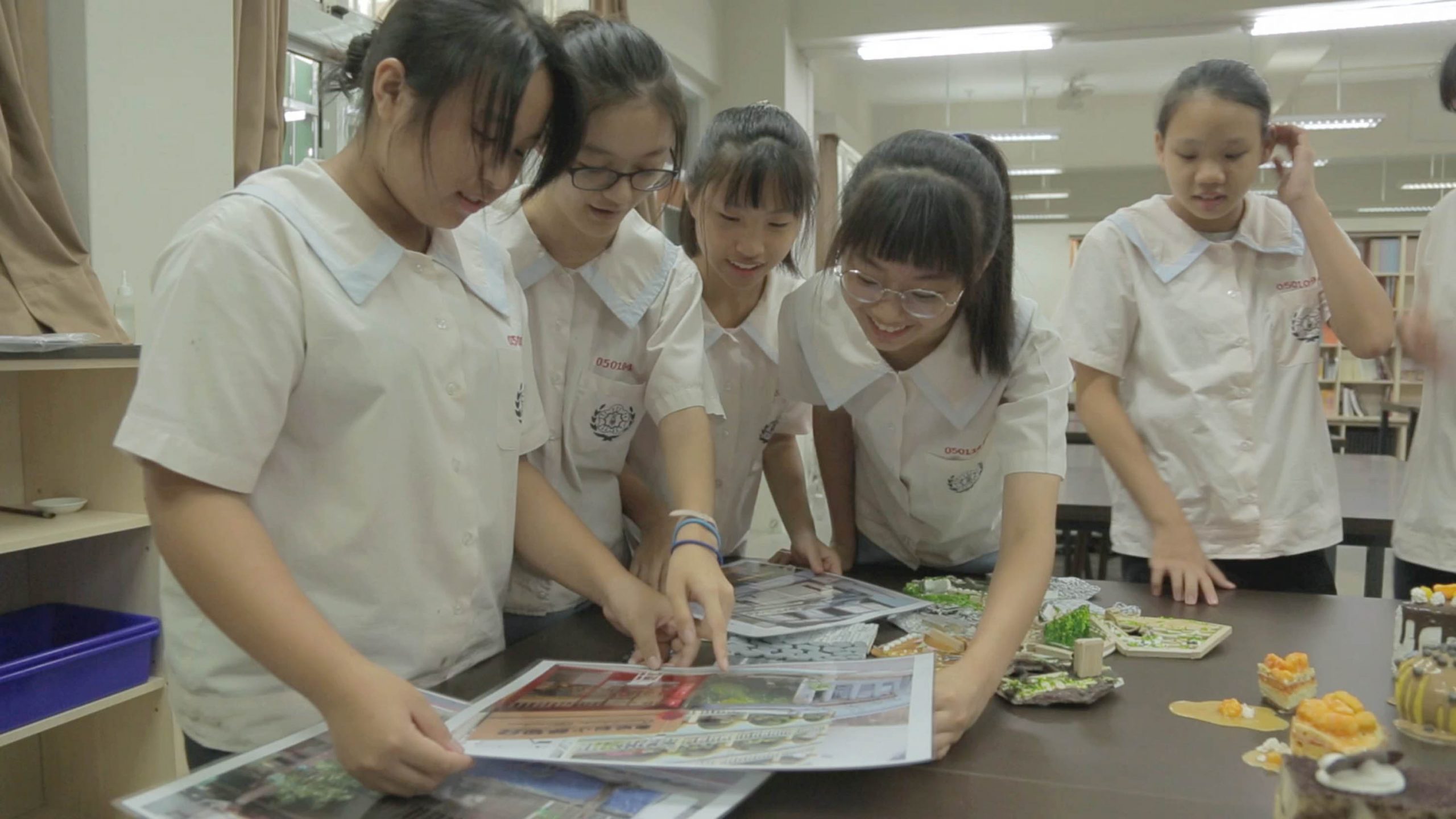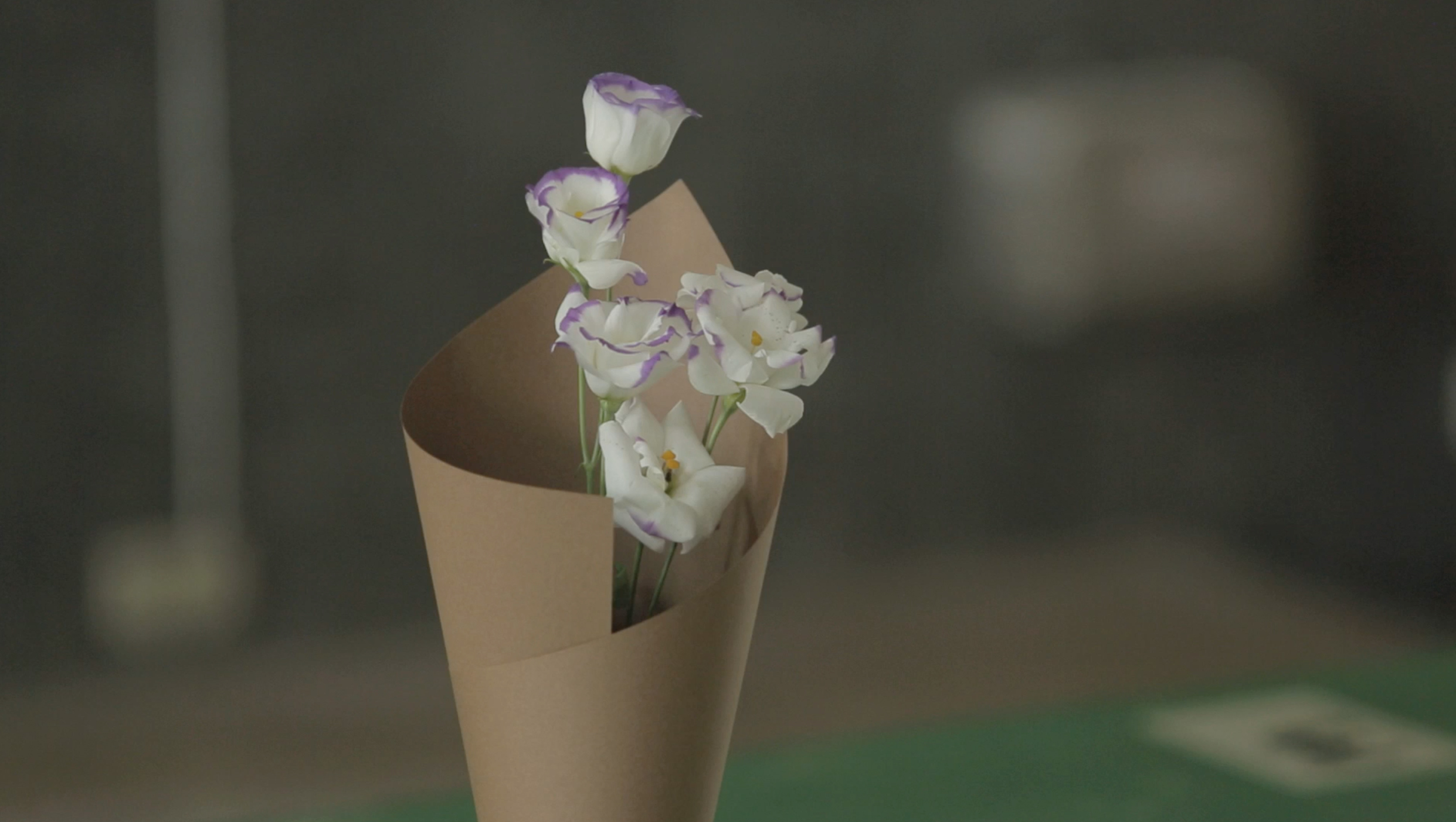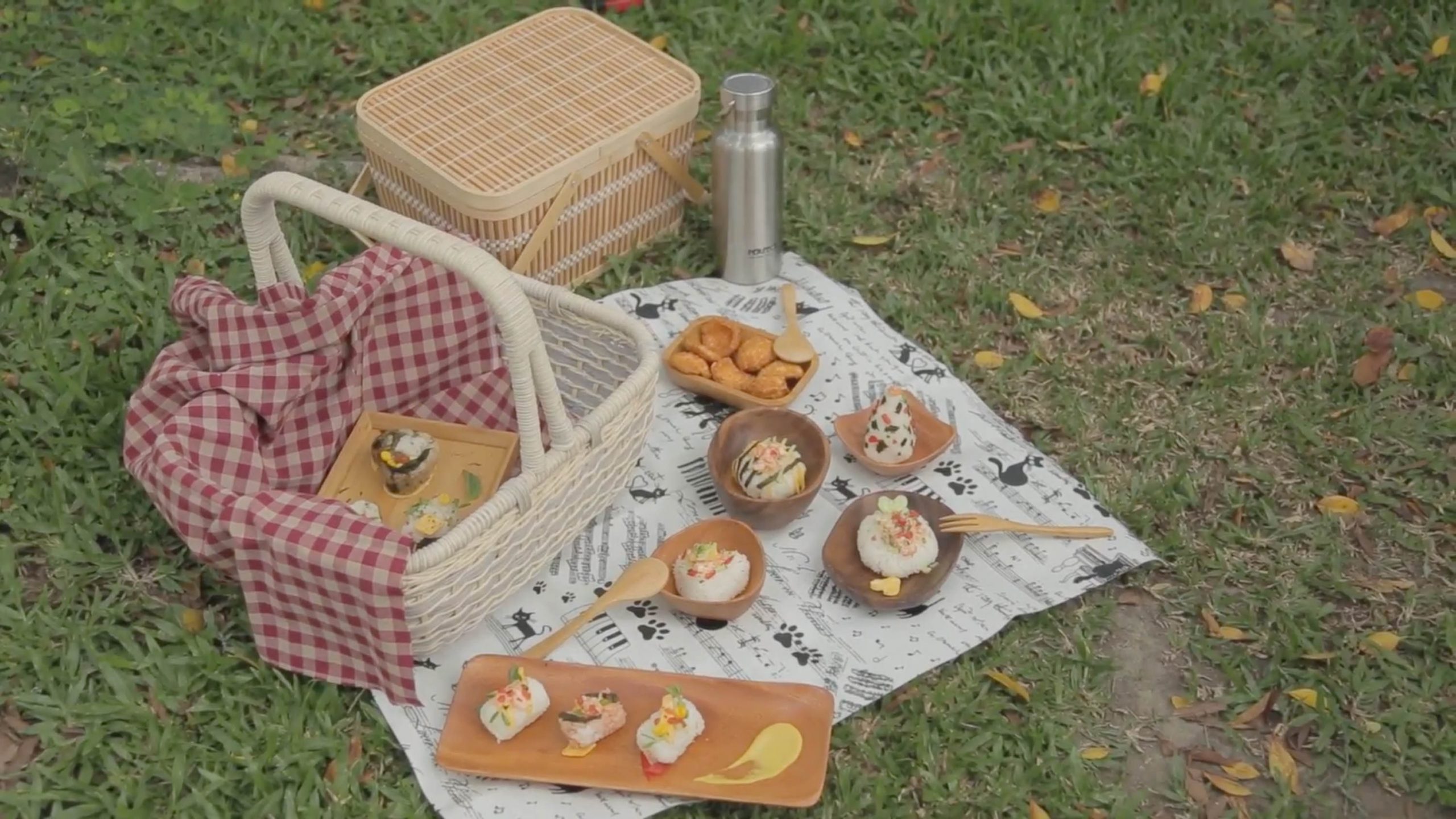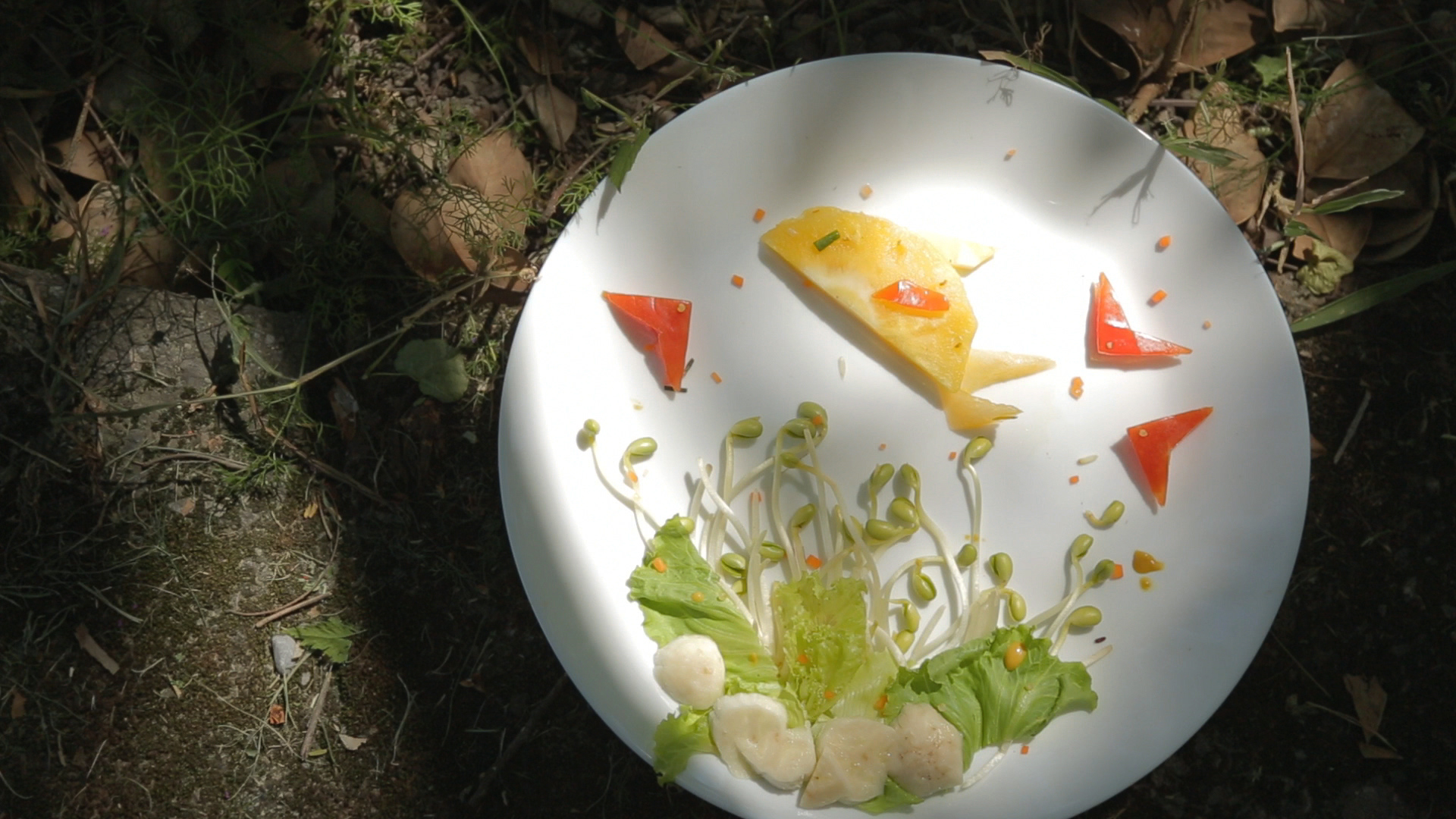Expanding the Aesthetic of Spaces
“Aesthetics should spread naturally like particles in the air.” The art classroom at National Hsinchu Senior High School was the perfect place for teachers and students to immerse themselves in art and design. Mrs. Wu envisioned this space as a hub to stimulate the diffusion of art and design throughout the school.
Inspired by this idea, a group of students began exploring the campus to identify areas for improvement. They identified issues such as the unsuitable fabrics and cuts of their uniforms and the confusing signs in the store. Bringing their findings back to the art classroom, the students brainstormed solutions. They then set out to implement changes, aiming to spread aesthetic appreciation beyond the classroom to other parts of the school.
